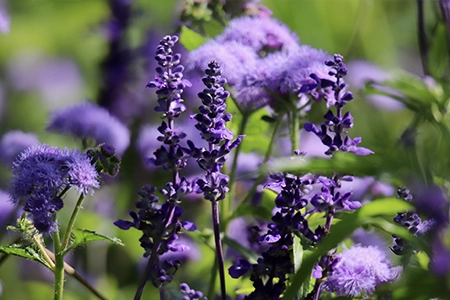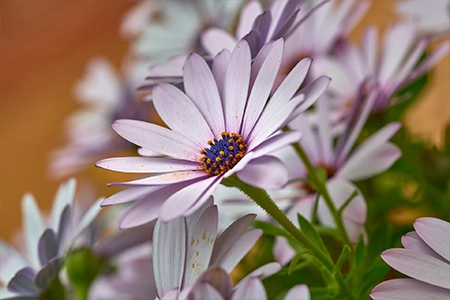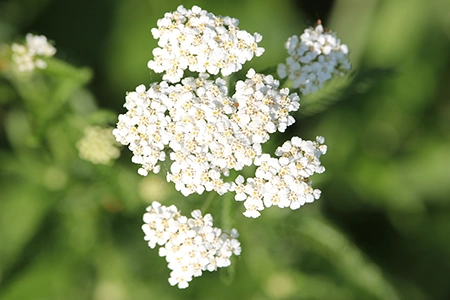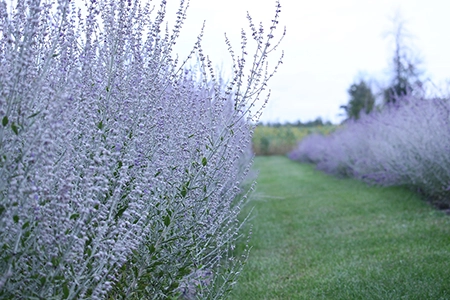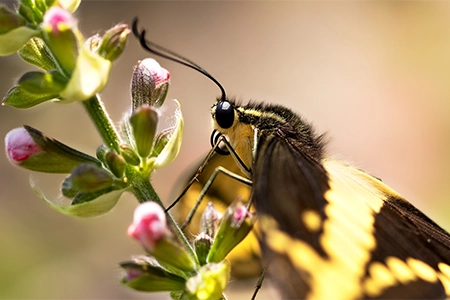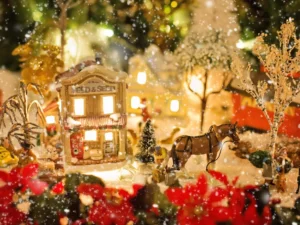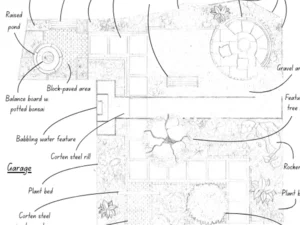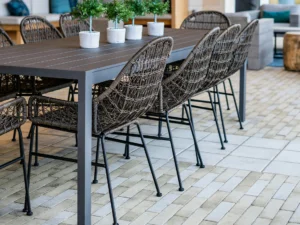Introduction
July is a wonderful time for gardeners to introduce new perennials into their outdoor spaces. While it might seem late in the growing season, many perennials thrive when planted in the warmth of mid-summer.
This is a perfect time to plant as the soil is warm, promoting quicker root establishment. In this article, we will explore five of the best perennials to sow in July, offering detailed information on each, along with tips and tricks to ensure they flourish in your garden.
Top Flowers to Grow and Plant in July:
- Black-eyed Susan (Rudbeckia hirta)
- Coneflower (Echinacea Purpurea
- Yarrow (Achillea millefolium)
- Russian Sage (Perovskia atriplicifolia)
- Shasta Daisy (Leucanthemum × superbum)
-
Black-Eyed Susan (Rudbeckia hirta)
The Black-Eyed Susan is a vibrant perennial that brings a splash of sunshine to any garden with its bright yellow petals and dark brown centres. These flowers bloom from mid-summer to fall, providing long-lasting colour. They are great for cutting gardens and can attract various pollinators, including butterflies and bees.
Tips and Tricks:
- Ensure they are planted in well-draining, fertile soil. Amend your garden soil with compost if needed.
- Water the young plants regularly until they are established, then reduce the frequency.
- Deadhead spent blooms to encourage more flowers and extend the blooming period.
-
Coneflower (Echinacea purpurea)
Echinacea, commonly known as coneflower, is a hardy perennial known for its daisy-like flowers with raised centres. Available in shades of purple, pink, and white, Echinacea is both beautiful and beneficial. Its distinct, slightly sweet scent attracts bees and butterflies, making it an excellent choice for pollinator gardens.
Tips and Tricks:
- Plant Echinacea in an area with full sun to partial shade.
- Use fertile soil that retains moisture but drains well. Mulching can help maintain soil moisture.
- Cut back the stems in late fall to prepare the plant for winter and promote vigorous growth in the spring.
-
Yarrow (Achillea millefolium)
Yarrow is a resilient and versatile perennial that is perfect for adding texture and colour to your garden. It features clusters of tiny, tightly packed flowers that bloom in a range of colours including white, yellow, pink, and red.
Blooming from late spring to early fall, yarrow is known for its feathery, fern-like foliage and its ability to attract a variety of pollinators such as bees, butterflies, and ladybugs. Yarrow also has a mild, pleasant scent and is often used in herbal remedies and as a natural insect repellent.
Tips and Tricks:
- Plant yarrow in a sunny spot to ensure the best flowering results. It can tolerate partial shade but thrives in full sun.
- Yarrow prefers well-draining, fertile soil but is highly adaptable to poorer soils and drought conditions. It’s an excellent choice for xeriscaping and low-maintenance gardens.
- Deadhead spent flowers to promote continuous blooming and prevent self-seeding. Additionally, divide the plants every 2-3 years to control their spread and encourage vigorous growth.
-
Russian Sage (Perovskia atriplicifolia)
Russian Sage is a striking perennial with silvery stems and small, lavender-blue flowers that appear from mid-summer to fall. It has a lovely, aromatic scent reminiscent of sage and is highly attractive to bees and butterflies. Its airy, delicate appearance adds a soft texture to garden borders.
Tips and Tricks:
- Plant Russian Sage in well-draining, fertile soil and a sunny location.
- Prune in early spring to remove old growth and encourage new stems.
- Avoid overwatering; once established, it is quite drought-tolerant.
-
Shasta Daisy (Leucanthemum × superbum)
Shasta Daisies are classic perennials with cheerful white petals and yellow centres. They bloom from early summer to early fall and have a mild, pleasant fragrance. These daisies are perfect for attracting pollinators like butterflies and bees, making them an excellent addition to a wildlife-friendly garden.
Tips and Tricks:
- Plant in full sun for the best blooms. Shasta Daisies thrive in fertile soil, so consider enriching the soil with compost.
- Water regularly, especially during dry spells, to keep the soil moist but not waterlogged.
- Divide the plants every 2-3 years to prevent overcrowding and maintain vigorous growth.
July Gardening Tasks
A busy month for gardeners, with many tasks to ensure that the garden remains healthy and vibrant. This is also a critical time for maintaining perennials planted earlier in the season and for preparing the garden for continued success. Here are some essential tasks that can help maintain your garden:
Watering Wisely:
- Ensure that your perennials receive deep watering, which encourages roots to grow deeper into the soil, making the plants more resilient to drought. Water early in the morning or late in the evening to minimise evaporation.
- Apply a layer of mulch around your plants to retain moisture, reduce soil temperature, and prevent weed growth. Organic mulches such as compost, straw, or bark chips are excellent choices.
Fertilising:
- Apply a balanced, slow-release fertiliser to provide essential nutrients throughout the growing season. This is especially important for heavy bloomers like Echinacea and Shasta Daisies.
- Consider using organic fertilisers such as compost tea or fish emulsion, which enrich the soil and promote healthy plant growth.
Supporting Pollinators:
- Create a welcoming environment for pollinators by planting a variety of flowering plants that bloom at different times. Provide water sources and avoid using chemical pesticides that can harm beneficial insects.
- Incorporate native plants into your garden, as they are well-adapted to the local climate and attract local pollinators.
How NGS Can Help You
NGS can be an invaluable resource for gardeners looking to enhance their gardens with perennials. We offer expert advice on plant selection, helping you choose the best flowers to plant in July.
They can design planting schemes tailored to your garden’s unique conditions, ensuring that your plants thrive and your garden flourishes. Additionally, NGS provides ongoing support and advice on maintaining your garden, so you can enjoy its beauty for years to come. Whether you need guidance on choosing young plants or advice on soil preparation, NGS has the expertise to help you create a stunning and sustainable garden.
To find out more about the services we offer, head to our homepage and click the ‘Make an Enquiry’ option!
Further Reading
If you would like to learn more here are some articles that may interest you:
Attracting Pollinators with Bee-Friendly Plants
Summer Lawn Care: A Guide for Survival
Basking in the Sun – Our Top Picks for Full Sun Plants
Native UK Plants: Navigating the History and Oversea Influencers
Nature’s Compass: a Journey Across North, South, West and East-Facing Gardens

